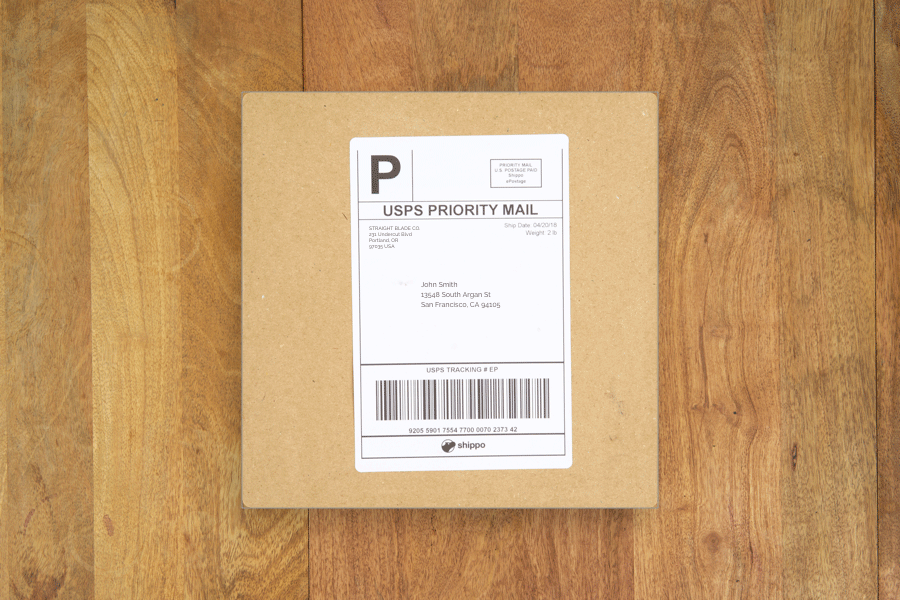Chapter 2
The Three Types of Packaging

When we’re talking about packaging, we’re not just talking about “boxes.” We’re talking about everything that holds your product, that protects your product, that you include with your product, that holds the things that hold your product, protect your product, and that you include with your product, and that seals the thing that holds the thing that...well you get the point - it’s a lot!
Utility
- What is it? Basic off-the-shelf packaging.
- How much is it? This is your lowest cost option. There are usually a variety of stock sizes and options to fit most needs. Like all packaging, the unit cost will go down the more you order at one time.
- When should I use it? Whenever you need to protect and ship your products without adding any branding. If you’re in a hurry, have elements in your packaging that aren’t part of a “branded experience,” or have budget constraints, this is the best packaging to use.
Branded
- What is it? This is packaging that you get custom printed to reflect your logo, name, or some type of custom design.
- How much is it? This will be more expensive than utility packaging. There’s often a “plate” or “tooling” cost associated with these items — meaning a one-time fee that you’ll have to pay up front before getting any packaging. If these fees aren’t reflected in your first order, then they’re often built into the unit price of the packaging you’re purchasing or your branded packaging is digitally printed, which incurs an even higher unit cost. Pricing on this is relatively higher and will decrease significantly according to how much you order.
- When should I use it? This is the best option if you have relatively consistent sales and want to continue the brand experience through the shipping phase of your sales cycle. If you need your items to ship quickly, plan for a month to two months for design, iteration, and production of branding packaging.
Boutique
- What is it? High-end packaging that’s often custom designed to fit your particular product. This is the type of packaging you see in retail environments or with luxury goods.
- How much is it? Depending on what you want, it can get very expensive. Many large companies that have boutique packaging use vendors outside of the United States — which reduces unit price significantly but requires a large volume to order.
- When should I use it? When you want to give your customer a complete unboxing experience and have the time and budget. If you’re working with US vendors, you can expect a turnaround in about two to three months. If you’re using a vendor in another country, expect challenges with communication, quality, and consistency — which can make the process take upwards of three to four months.
*Note: all our time estimates are just that — estimates. While things can happen faster than expected, when you’re working with manufacturers for the first time, it’s always best to give yourself room when you’re planning.